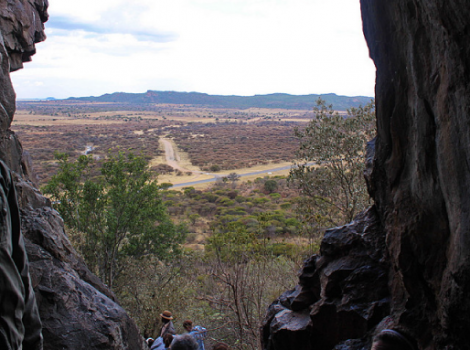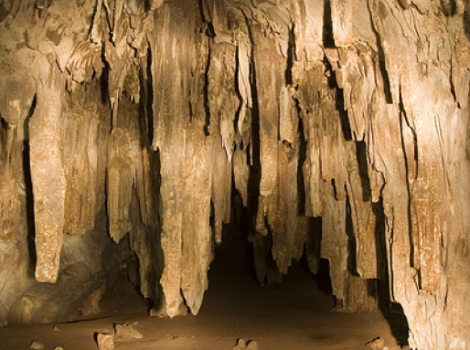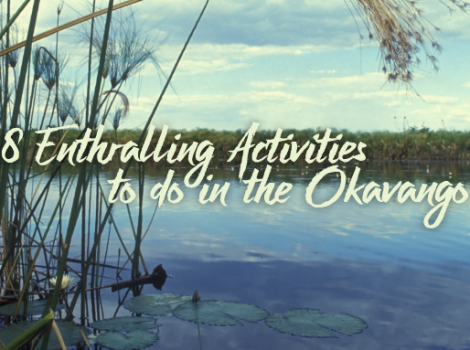Botswana relies very heavily on tourism for its revenue income and very year, hundreds of people from across the world pour into the country, mainly to see the wild life in its natural habitat. Some are keen bird watchers and come specifically to bird watch, as Botswana has a very extensive number of bird species. One of the lesser known but rather fascinating tourist areas to visit in Botswana is the Makgadikgadi Salt Pans.
Considered on of the largest Salt Pans in the world, Makgadikgadi saltpans cover an area that extends over 12 000 square km. According to research and studies conducted over the years, the Makgadikgadi is a relic of what used to be one of the biggest inland lakes Africa has ever had.
The Makgadikgadi Salt Pans are a series of pans, with the largest of them surrounded by a lot of smaller pans. Interspersed between the pans are sand dunes, rocky islands and peninsulas, and desert terrain. During the rainy season, the Makgadikgadi offers fantastic wildlife viewing, which can include large herds of zebra and wildebeest migrations. Other wild animals often spotted in the area include gemsbok, eland and red hartebeest, as well as kudu, bushbuck, duiker, giraffe, springbok, steenbok, and sometimes elephant. Predators can also be found in the area.
Since the Stone Age, people have inhabited areas of the pans, and have adapted to geographical and climatic changes as they have occurred. The tools and the bones of fish and other animals early man fed on during those times can still be found on the archaeological sites dotted around the pans. Over the years more and more people have inhabited the areas, resulting in the mushrooming of a number of villages.
A Few Interesting Facts About Makgadikgadi
- Largely uninhabited by humans.
- Covers an area the size of Portugal
- Forms part of the Kalahari Basin, and is one of the largest saltpans in the world.
- Its flat, featureless terrain seemingly stretches to the very end of the horizon.
- It remains waterless and arid for much of the year; during which time the animals migrate elsewhere for greener pastures.
- By contrast; during periods of good rains, the pans can become flooded, thus attracting a lot of wild animals and birds including flamingos, which add a stunning burst of colour to the otherwise barren expansive terrain.
- Flamingo numbers can run into the tens – and sometimes – hundreds of thousands, and to see them can be a truly breath-taking spectacle that has to be seen to be believed!
- When the area has been blessed with huge amounts of water from rain as well as local rivers, the pan is transformed into a crisp blue lake, bursting with gorgeous colour reminiscent of the humongous, prehistoric lake the Makgadikgadi once was.
- Because of the sheer magnitude of the salt content on the surface of the pans, no vegetation can grow in the area. However, the fringes are covered with lush grasslands, which include the majestic baobab trees.
- Infamous explorer, Dr. David Livingstone, crossed Makgadikgadi Salt Pans in the 19th century, guided by a massive baobab, Chapman’s Tree – believed to be 3 000 to 4 000 years old, and the only landmark for hundreds of miles.
- The Makgadikgadi Pans Game Reserve, which extends over 3 900 sq. kms, incorporates the western end of Ntwetwe, extensive grasslands and acacia woodland. At its northern boundary, the Makgadikgadi meets the Nxai Pan National Park, separated only by the Nata- Maun Road.
This amazing piece of Botswana really has to be seen to be fully appreciated. Popular with both locals and visitors alike, it makes for a great camping site and sunsets the likes of which many visitors to Botswana won’t have experienced before. It’s no wonder Makgadikgadi counts among its fans the likes of Top Gear presenter, Jeremy Clarkson!
Reference: botswanatourism.co.bw
Picture credit: si_francis



